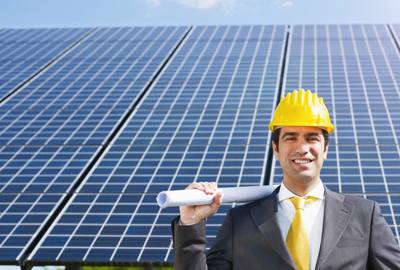
As alternative power comes to the fore, programs are springing up to facilitate the use of alternative energy in people's homes and businesses. Solar rent leases or power purchase agreements (PPAs) are two of those programs. Here is how they work.
Solar Rent Leases
A solar rent lease involves renting solar equipment from a power/electricity prov ider. The provider actually owns the solar panels and overall solar power system, and is responsible for its maintenance. You pay a fee, or rent, for the use of the equipment. Generally, the solar power system is intended to augment, not replace, the electricity you purchase from your utility company. Hopefully, you will save so much on your power bill that it will offset the rent amount.
Most power providers that offer solar rent leases have a contract that "locks you in" to the agreement. It has advantages for you, the purchaser, and the provider – you are protected against rising utility rates, and the provider gets the security of a long-term contract. Most providers' contracts are for 15 to 20 years.
PPAs
A power purchase agreement is similar to the solar rent lease. With a PPA, the provider purchases the solar panels and solar power system, and also installs and maintains them. Instead of paying rent, you, the purchaser, pay for the actual power generated by the solar power system. Again, your monthly utility bill will be augmented, not replaced, by the solar-generated electricity. The idea is for the purchaser to save money and reduce his or her use of fossil fuel-generated electricity.
PPAs also involve a contract, usually 15 to 20 years. Some PPAs give you the option of buying the equipment and solar power system when the contract ends.
Generally speaking, the electricity providers involved in solar rent leases and PPAs are independently owned companies. Thus, PPAs and solar rent leases help finance these independent power producers. Because the electricity output is clearly defined and measured and there are contracts in place, banks and other financial institutions are more likely to invest in the independent provider. This is another incentive for some who are interested in alternative energy.
Another attractive thing about PPAs and solar lease agreements is the low initial cost. Many people would like to "go solar" but are unsure how to pay for, install, and maintain the necessary equipment. With these agreements, the provider does all of that and you only have to pay rent for the equipment or pay for the solar power generated.

